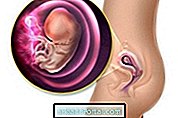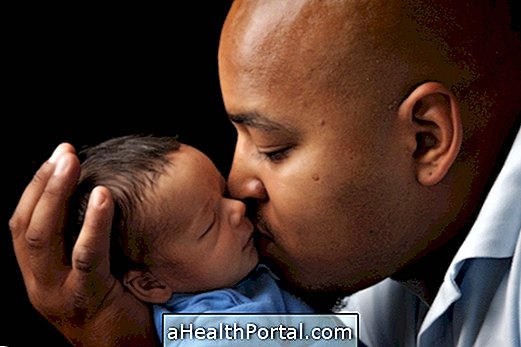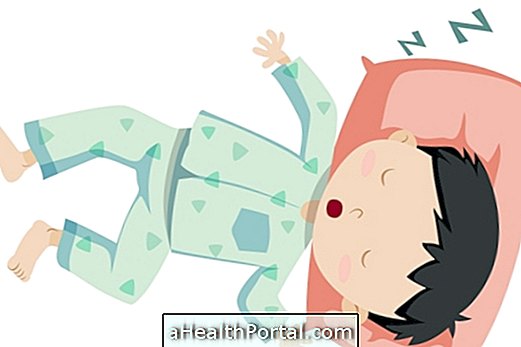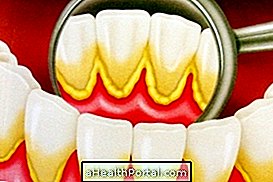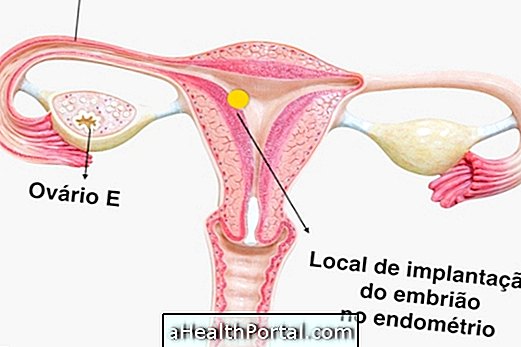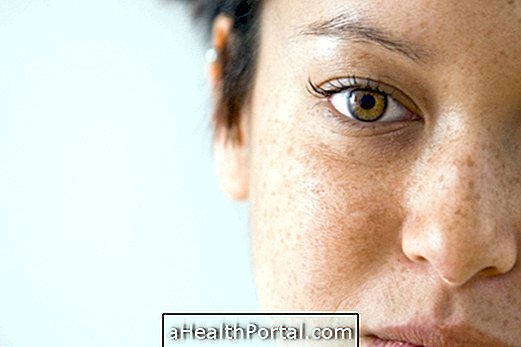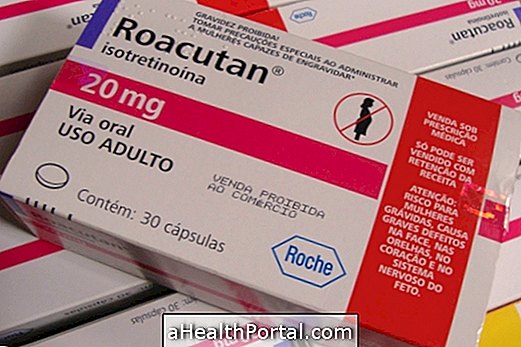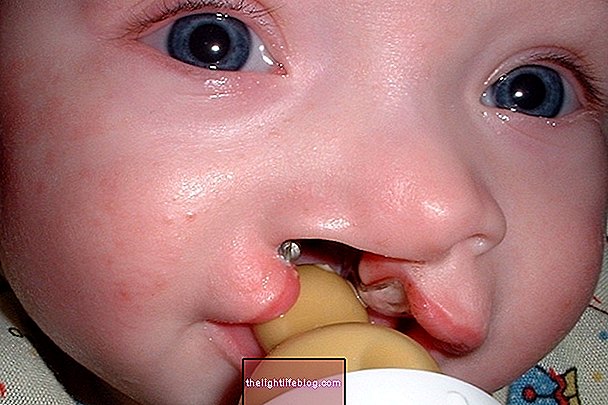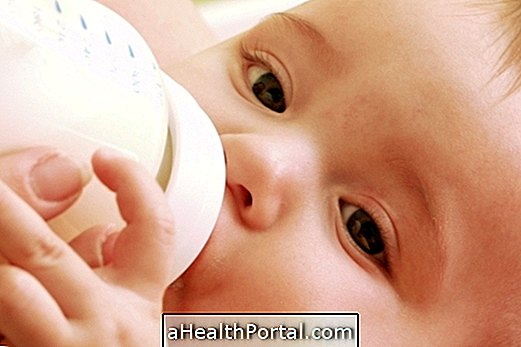When the child has microcephaly may present mental retardation, physical changes such as difficulty walking, speech problems and hyperactivity or seizures, for example. In addition, the child has a smaller head than normal, and may need help eating, bathing or walking, for example.
However, these consequences of the disease do not arise in all cases, and some children can develop normally and have normal intelligence because this depends on the severity of their microcephaly. Thus, children who have been diagnosed during pregnancy are generally the ones with the most limitations, while children who have been diagnosed with microcephaly after birth are more likely to develop better.
Microcephaly has no cure and treatment includes speech therapy, physiotherapy and occupational therapy sessions at least 3 times a week to stimulate the child, decrease mental retardation and also delay developmental growth. See what can cause microcephaly and how your diagnosis is made.
Understand in a simple way what microcephaly is and how to take care of a drink with this problem by watching the video below.
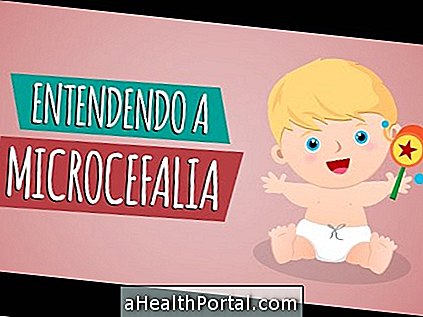
How to treat microcephaly
The treatment of microcephaly should be guided by the pediatrician and neurologist, but it is necessary the intervention of nurses, physiotherapists and other therapists to help the child to develop with the minimum of possible limitations and, to improve the quality of life of the child, if:
1. Stimulating speech
To improve the ability to speak the child must have a speech therapist at least 3 times a week.
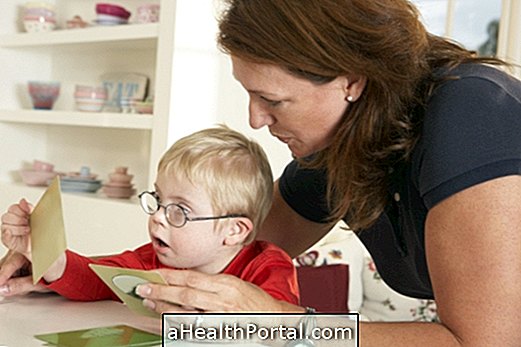
In addition, parents should sing with the child for small songs and talk to her looking all day, even if she does not respond to the stimulus. You should also use gestures to make it easier to understand what you are saying and better capture the child's attention.
2. Physiotherapy
To improve motor development, increase balance and avoid muscle atrophy and muscle spasms, it is important to make as many physiotherapy sessions as possible at least 3 times a week by performing simple Pilates ball exercises, stretching, psychomotricity sessions, and hydrotherapy may be helpful.
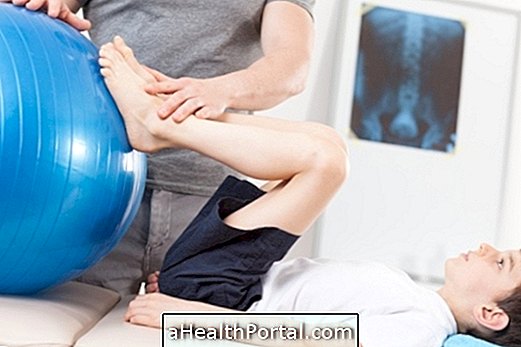
Physical therapy is indicated because it can have results in the child's physical development, but it also helps in mental development.
3. Perform occupational therapy
To increase autonomy, the child must perform occupational therapy several times a week, since activities such as brushing teeth and trying to eat using cutlery help the child become more independent and can perform tasks alone.
In order to improve the socialization capacity, one must evaluate the possibility of keeping the child in a normal school so that he / she can interact with other children who do not have microcephaly, being able to participate in games and games that promote social interaction. However, if there is mental retardation the child will probably not learn to read and write, although he may go to school to have contact with other children.
At home, parents should encourage the child as much as possible by making face-to-face jokes on the side of the child and participating whenever possible in family gatherings and friends to try to keep the child's brain always active.
4. Taking medicines
The child with microcephaly may need to take medications prescribed by the doctor based on the symptoms they present, as an anticonvulsant to reduce seizures or to treat hyperactivity such as Diazepam or Ritalin, as well as analgesics, such as Paracetamol, to decrease muscle pain due to excessive tension.
5. Perform surgery on the head
In some cases, surgery can be performed by cutting the head to allow brain growth, reducing the sequelae of the disease. However, this surgery to be successful should be done up to 2 months of the baby and is not indicated for all cases, only when there can be many benefits and few associated risks.
How is the baby born with microcephaly?
A baby born with microcephaly needs frequent medical follow-up and usually needs special care, requiring greater care, attention and dedication from parents and the whole family.
Depending on the degree and type of microcephaly the baby has, the more serious the consequences of the disease and its health implications. Thus, babies who are born with a head much smaller than they should have have greater difficulties and can be completely dependent on others to survive.
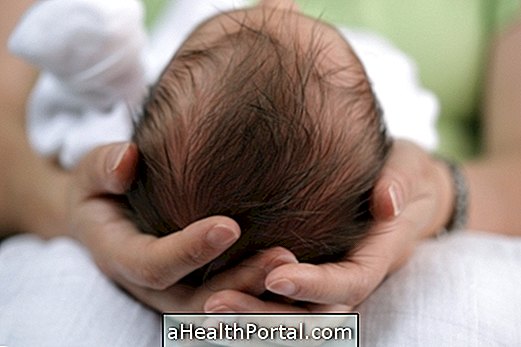
Babies who have a small head, but with a size closer to the other children of the same age, have a better quality of life and although there may be a delay in development, the child can learn to sit alone, speak a few words, show love and affection and even walk.
Some manage to control pee and coconut, but many need to wear diapers appropriate to their age for life. A large part needs walking aid because they need to lean on someone to keep their balance and also need help to bathe because they have difficulty taking care of their own hygiene alone.
Consequences of microcephaly
Although, most children with microcephaly have metal delay, some maintain cognitive ability without major changes, learning to walk, write and read, for example.
However, microcephaly damage is not the same in all children and varies with the sequelae they present, so some children can not eat alone or take a shower and therefore may need help from the family to do the tasks everyday life.
Girls with microcephaly can have menstruation, and like all other people they can get sick at some point in their life, needing more care. Vaccination usually can occur normally but depends on the opinion of the pediatrician and the limitations that the disease causes.
Life time in case of microcephaly
The life expectancy of children with microcephaly is similar to that of other children who do not have the disease but will depend on several factors including the severity of the disease, whether there are other associated syndromes, and how the child is followed up and treated.
Thus, children who only have microcephaly and who receive all necessary treatment whenever they present illnesses such as influenza, dengue, urinary tract infection or others, and are stimulated to walk and to feed themselves are more likely to reach adulthood, although someone around is always needed to take care of them and their safety.

